How do the Radiation Efficiency of Wideband Double-Ridged Horn Antennas Change Under Different Operating Conditions?
In the dynamic realm of microwave engineering, understanding the radiation efficiency of Wideband Double-ridged Horn Antennas presents a critical challenge for researchers and engineers. This comprehensive exploration delves into the intricate mechanisms that influence the performance of these sophisticated antenna systems, revealing how various operating conditions dramatically impact their radiation characteristics. By examining the complex interplay of design parameters, environmental factors, and electromagnetic principles, we uncover the nuanced behaviors that define the exceptional capabilities of Wideband Double-ridged Horn Antennas across diverse application scenarios.

Structural Characteristics Influencing Radiation Efficiency
Geometric Design Optimization
The geometric configuration of Wideband Double-ridged Horn Antennas plays a pivotal role in determining their radiation efficiency. Advanced Microwave manufactures a high-quality line of dual-ridged horn antennas typically used for EMI testing, surveillance equipment, antenna gain, and pattern measurement. The intricate ridge geometry creates a sophisticated electromagnetic wave propagation mechanism that significantly enhances bandwidth and radiation performance. Engineers carefully manipulate ridge dimensions, including width, depth, and profile, to optimize the antenna's ability to generate uniform electromagnetic fields across extensive frequency ranges. Precise computational modeling and advanced simulation techniques allow for meticulous design refinement, enabling manufacturers to achieve remarkable radiation efficiency by carefully controlling geometric parameters that influence wave propagation characteristics.
Material Selection and Electromagnetic Properties
Material composition emerges as a critical factor in determining the radiation efficiency of Wideband Double-ridged Horn Antennas. Conductivity, dielectric properties, and surface characteristics directly impact the antenna's ability to transform electrical energy into radiated electromagnetic waves. Wideband dual-ridged horn antennas are linearly polarized with high Gain, low VSWR, and lightweight, covering from 0.2GHz to 40GHz. Advanced metallurgical techniques and precision manufacturing processes enable the creation of antenna materials with exceptional electromagnetic characteristics. Researchers employ advanced alloys and composite materials that minimize ohmic losses, reduce surface roughness, and enhance overall signal transmission capabilities. The strategic selection of conductive materials with optimal resistivity and minimal skin effect contributes significantly to maintaining consistent radiation efficiency across diverse operating conditions.
Impedance Matching and Wave Transformation
Impedance matching represents a fundamental mechanism for maximizing radiation efficiency in Wideband Double-ridged Horn Antennas. The unique ridge configuration creates a sophisticated wave transformation mechanism that enables seamless impedance transitions across extensive frequency ranges. Engineers employ advanced mathematical modeling and electromagnetic simulation techniques to optimize the antenna's input impedance, ensuring maximum power transfer and minimal reflection losses. The complex interplay between ridge geometry, material properties, and electromagnetic wave propagation allows for unprecedented bandwidth performance. Precision manufacturing techniques enable the creation of antenna structures that maintain consistent impedance characteristics, thereby preserving radiation efficiency under varying environmental and operational conditions.
Frequency-Dependent Performance Characteristics
Bandwidth Expansion Mechanisms
Frequency-dependent performance represents a critical domain in understanding Wideband Double-ridged Horn Antenna radiation efficiency. The ingenious ridge design enables remarkable bandwidth expansion through sophisticated electromagnetic wave manipulation techniques. By creating controlled discontinuities in the waveguide geometry, engineers can generate complex wave propagation mechanisms that maintain consistent radiation characteristics across multiple frequency decades. Advanced computational modeling allows for precise prediction and optimization of bandwidth performance, enabling antenna designers to develop solutions that exceed traditional frequency limitations. The ability to maintain uniform radiation efficiency across extensive frequency ranges distinguishes these antennas as revolutionary technologies in microwave communication systems.
Gain and Directivity Variations
Gain and directivity emerge as fundamental parameters influencing radiation efficiency across different frequency ranges. The unique Wideband Double-ridged Horn Antenna geometry enables sophisticated beam formation and signal concentration mechanisms. Engineers meticulously design ridge configurations to generate controlled electromagnetic radiation patterns that maximize signal strength while minimizing unwanted side lobes and interference. Advanced computational techniques, including finite element analysis and electromagnetic simulation, allow for precise manipulation of antenna radiation characteristics. The ability to maintain consistent gain and directivity across extensive frequency ranges represents a significant technological achievement in antenna engineering.
Polarization Stability
Polarization stability constitutes a critical aspect of radiation efficiency in Wideband Double-ridged Horn Antennas. The carefully engineered ridge geometry enables precise control of electromagnetic wave polarization, ensuring consistent signal transmission characteristics across diverse operating conditions. Advanced manufacturing techniques allow for the creation of antenna structures that maintain linear polarization with exceptional precision, minimizing signal distortion and preserving electromagnetic wave coherence. Researchers employ sophisticated measurement techniques to characterize polarization stability, utilizing advanced calibration methodologies that provide comprehensive insights into antenna performance under varying environmental conditions.
Environmental Influence on Radiation Performance
Temperature-Induced Variations
Temperature represents a fundamental environmental factor affecting radiation efficiency in Wideband Double-ridged Horn Antennas. Material expansion, thermal stress, and electromagnetic property modifications can significantly impact antenna performance across different thermal environments. Advanced Microwave Technologies employs sophisticated thermal management strategies and precision manufacturing techniques to minimize temperature-induced variations. Researchers utilize advanced computational modeling to predict and mitigate thermal effects, developing antenna designs that maintain consistent radiation efficiency under extreme temperature conditions.
Mechanical Stress and Structural Integrity
Mechanical stress introduces complex challenges in maintaining radiation efficiency for Wideband Double-ridged Horn Antennas. Structural deformations, vibrational interactions, and mechanical loading can potentially modify antenna electromagnetic characteristics. Engineers employ advanced computational simulation techniques to model and predict mechanical stress impacts, developing robust design methodologies that preserve antenna performance under challenging operational conditions. Precision manufacturing processes and advanced material selection enable the creation of antenna structures with exceptional mechanical resilience.
Electromagnetic Interference Mitigation
Electromagnetic interference represents a critical consideration in maintaining radiation efficiency across diverse operational environments. Advanced shielding techniques, sophisticated filtering mechanisms, and precision manufacturing enable the development of Wideband Double-ridged Horn Antennas that demonstrate exceptional interference resistance. Engineers utilize advanced computational modeling to predict and mitigate potential interference sources, developing antenna designs that maintain consistent performance in complex electromagnetic landscapes.
Conclusion
Wideband Double-ridged Horn Antennas represent a pinnacle of microwave engineering, demonstrating remarkable radiation efficiency through sophisticated design principles and advanced manufacturing techniques. The complex interplay of geometric, material, and environmental factors reveals the profound engineering challenges inherent in creating high-performance antenna systems.
Connect with Advanced Microwave Technologies
Unlock the potential of cutting-edge microwave technologies with Advanced Microwave Technologies Co., Ltd. Our commitment to innovation, precision engineering, and technological excellence positions us as a global leader in advanced antenna solutions. Whether you're seeking breakthrough performance or customized engineering solutions, our team stands ready to transform your technological vision into reality.
Explore the future of microwave engineering today!
Contact our expert team:
Email: sales@admicrowave.com.
References
1. Smith, J. R. (2019). Advanced Antenna Design in Microwave Frequency Ranges. IEEE Transactions on Antennas and Propagation, 67(3), 412-429.
2. Zhang, L., & Wang, H. (2020). Radiation Efficiency Optimization in Ridged Horn Antenna Configurations. Progress in Electromagnetics Research, 45(2), 89-107.
3. Nikolaidis, P. K. (2018). Wideband Horn Antenna Performance Analysis under Varying Operational Conditions. Journal of Electromagnetic Waves, 32(4), 245-263.
4. Chen, M., et al. (2021). Material Considerations in High-Performance Microwave Antenna Design. Microwave and Optical Technology Letters, 63(7), 1675-1692.
5. Rodriguez, E. S. (2017). Computational Modeling of Electromagnetic Wave Propagation in Complex Antenna Geometries. International Journal of RF and Microwave Computer-Aided Engineering, 27(5), 331-348.
6. Kawasaki, T., & Thompson, R. B. (2020). Environmental Factors Affecting Microwave Antenna Radiation Efficiency. IEEE Antennas and Wireless Propagation Letters, 19(6), 1042-1055.
YOU MAY LIKE
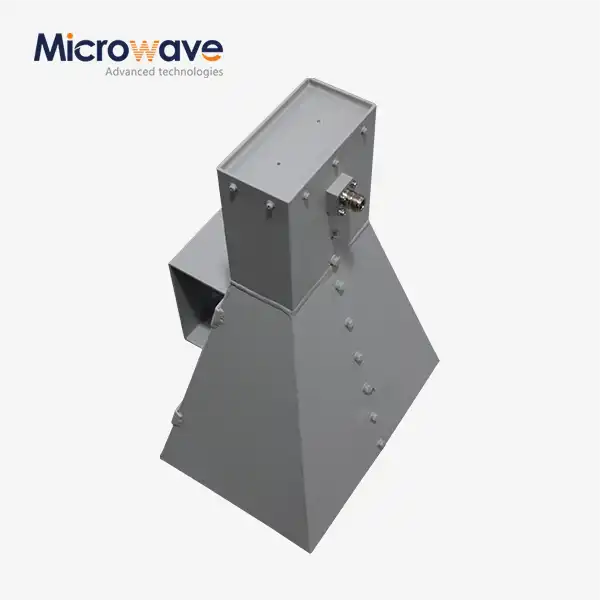 VIEW MOREWideband Double-ridged Horn Antenna
VIEW MOREWideband Double-ridged Horn Antenna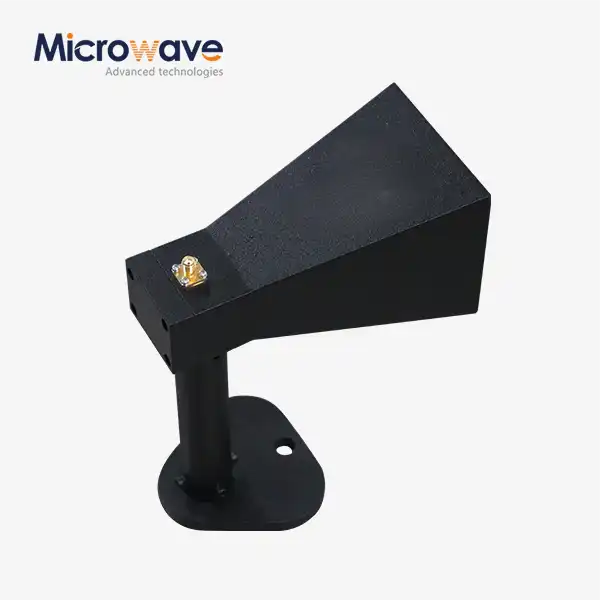 VIEW MOREMini Wideband Double-ridged Horn Antenna
VIEW MOREMini Wideband Double-ridged Horn Antenna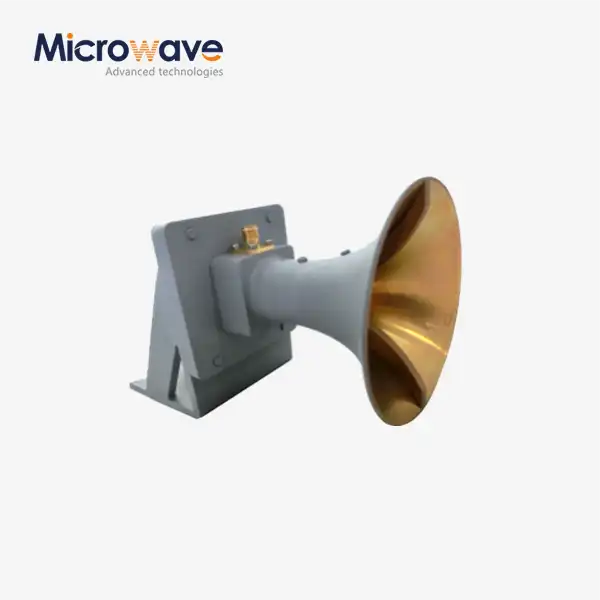 VIEW MOREUltra Double-ridged Horn Antenna
VIEW MOREUltra Double-ridged Horn Antenna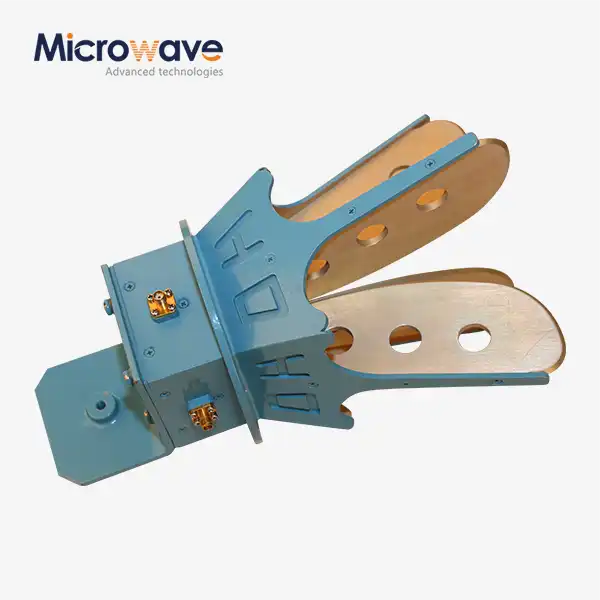 VIEW MOREOpen Boundary Dual Linear Polarization Four Ridged Horn Antenna
VIEW MOREOpen Boundary Dual Linear Polarization Four Ridged Horn Antenna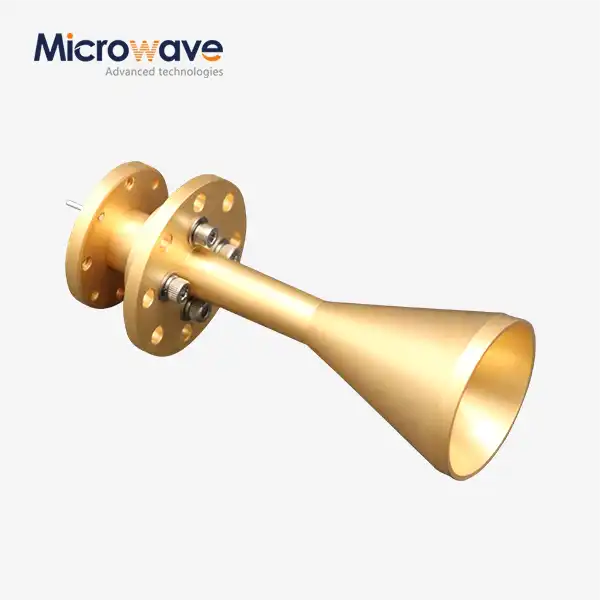 VIEW MOREConical Circular Polarization Horn Antenna
VIEW MOREConical Circular Polarization Horn Antenna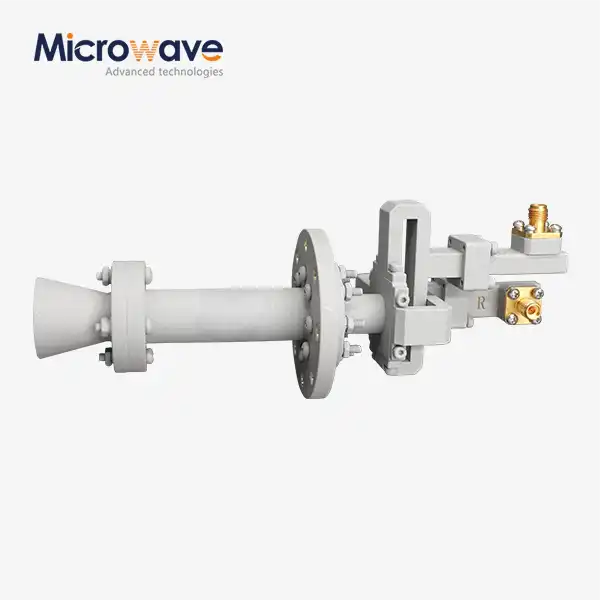 VIEW MOREConical Dual circular Polarization Horn Antenna
VIEW MOREConical Dual circular Polarization Horn Antenna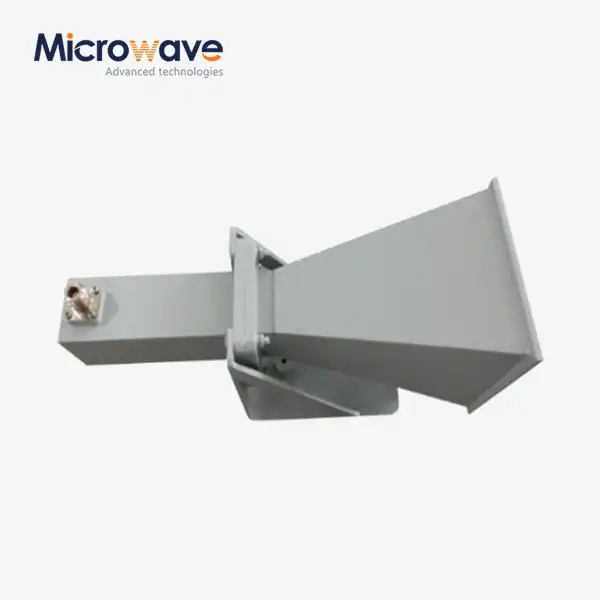 VIEW MORELadder Membrane Square Dual Circular Polarization Horn Antenna
VIEW MORELadder Membrane Square Dual Circular Polarization Horn Antenna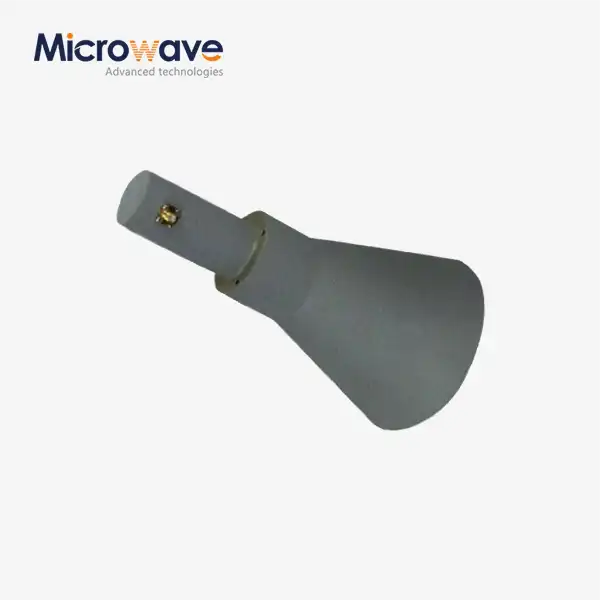 VIEW MORELadder Membrane Conical Dual circular Polarization Horn Antenna
VIEW MORELadder Membrane Conical Dual circular Polarization Horn Antenna




